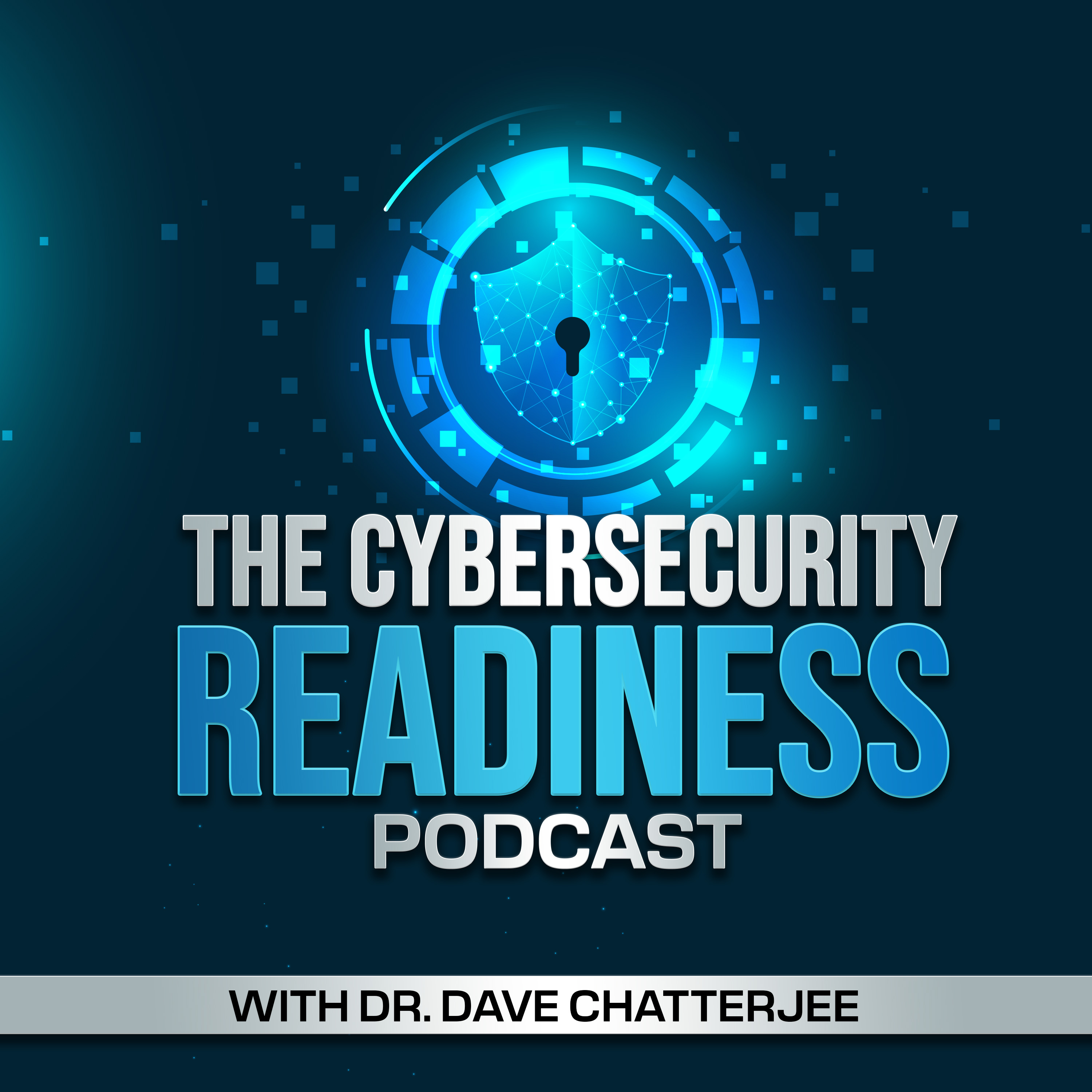Episode 60
Securing Artificial Intelligence (AI) Applications
As artificial intelligence (AI) technologies continue to evolve and be leveraged, organizations need to make a concerted effort to safeguard their AI models and related data from different types of cyber-attacks and threats. Chris Sestito (Tito), Co-Founder and CEO of Hidden Layer, shares his thoughts and insights on the vulnerabilities of AI technologies and how best to secure AI applications.
To access and download the entire podcast summary with discussion highlights --
https://www.dchatte.com/episode-60-securing-artificial-intelligence-ai-applications/
Connect with Host Dr. Dave Chatterjee and Subscribe to the Podcast
Please subscribe to the podcast, so you don't miss any new episodes! And please leave the show a rating if you like what you hear. New episodes release every two weeks.
Connect with Dr. Chatterjee on these platforms:
LinkedIn: https://www.linkedin.com/in/dchatte/
Website: https://dchatte.com/
Cybersecurity Readiness Book: https://www.amazon.com/Cybersecurity-Readiness-Holistic-High-Performance-Approach/dp/1071837338
https://us.sagepub.com/en-us/nam/cybersecurity-readiness/book275712
Latest Publications:
Preventing Security Breaches Must Start at the Top
Latest Webinars:
How can brands rethink data security to maintain customer trust?
Cybersecurity Readiness in the Age of Generative AI and LLM
Insights for 2023, Cybersecurity Readiness with Dr. Dave Chatterjee

